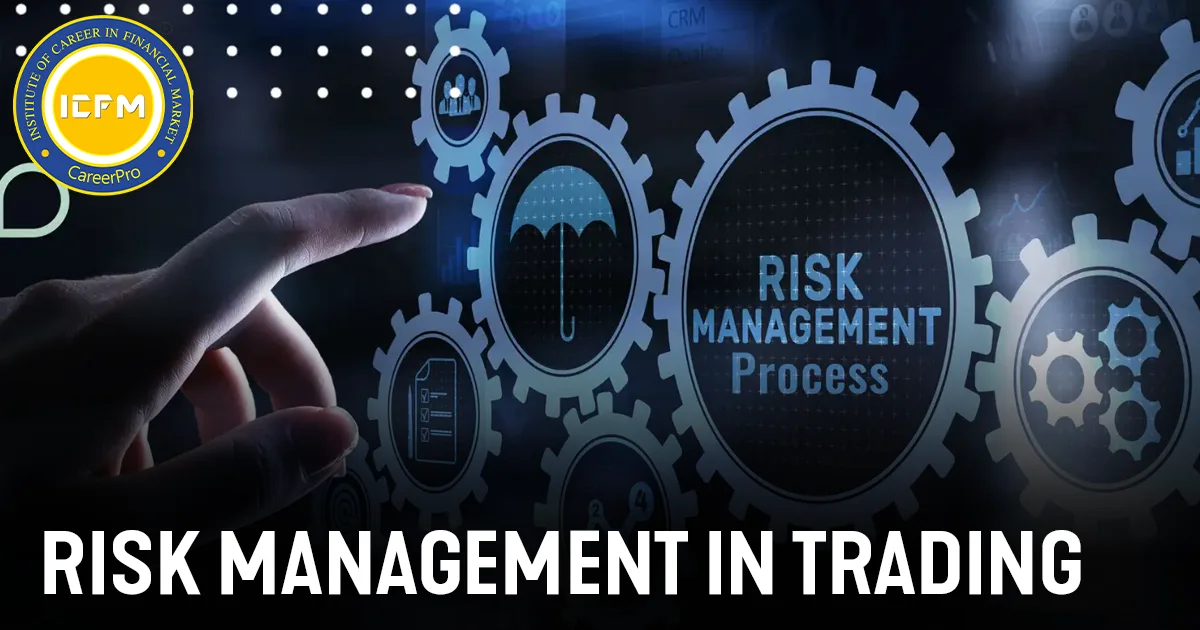Risk is the likelihood of loss or a negative outcome connected with an activity. High uncertainty means high risk, so managing risk is important. It is maximizing returns and managing risk and tolerance levels. Risk is what allows profit—without risk, there would be no return. The risk-return tradeoff is central to decision-making.
Risk management is the act of discovering, evaluating, and mitigating dangers to an organization's capital and profits. Dangers can come from financial risk, legal risk, strategic mistakes, accidents, calamities, and IT security risks. Companies use risk management techniques to safeguard digital assets, intellectual properties, and customer data.
Definition of Risk Management
Risk management is an integrated process of defining specific risks, developing a comprehensive plan, implementing it, and conducting ongoing evaluation.
"Risk management is the process of measuring or assessing risk and then developing strategies to manage it." – Wikipedia
"Managing risk involves taking out insurance, hedging loans, and protecting investments." – Oxford Business Dictionary
Risk Management Process
1. Establish the Context
Identifying the external environment and internal culture of an organization is the initial step in risk management. This involves gathering relevant information and mapping objectives and risks.
2. Risk Identification
It is essential to identify potential risks. This can be achieved through techniques like brainstorming, interviews, checklists, scenario analysis, and fault tree analysis.
3. Risk Assessment
Following identification, risks are evaluated in terms of severity and likelihood of occurrence. One commonly used risk formula is:
Risk = Rate of Occurrence × Impact of the Event
4. Risk Treatment Strategies
Four approaches to risk management exist:
- Risk Transfer: Transferring risk to a third party (e.g., insurance).
- Risk Avoidance: Removing risky activities.
- Risk Retention: Taking and budgeting for risks.
- Risk Control: Installing loss prevention measures.
5. Review and Evaluation
Risk management is not an administrative task done once; it is an ongoing process. Plans must be reviewed regularly to ensure strategies are effective.
Corporate Risk Management
Corporate risk management reduces financial losses and safeguards shareholders. It entails:
Determining various types of risks (financial, operational, legal, etc.).
Assessing risk probability and impact.
Implementing measures like insurance, internal controls, and preventive measures.
Risk Management Methods
- Avoidance: Reducing risk to zero.
- Loss Prevention: Reducing the probability of loss.
- Loss Reduction: Reducing the magnitude of losses.
- Separation: Spreading critical assets so as to minimize impact.
- Duplication: Backing up critical operations.
- Diversification: Scattering business endeavors into various niches to ensure reliance on more than one field.
Conclusion
Risk management ensures business stability and profitability. Businesses need to assess risks every moment and effect best strategies that curb losses but promote opportunities.









